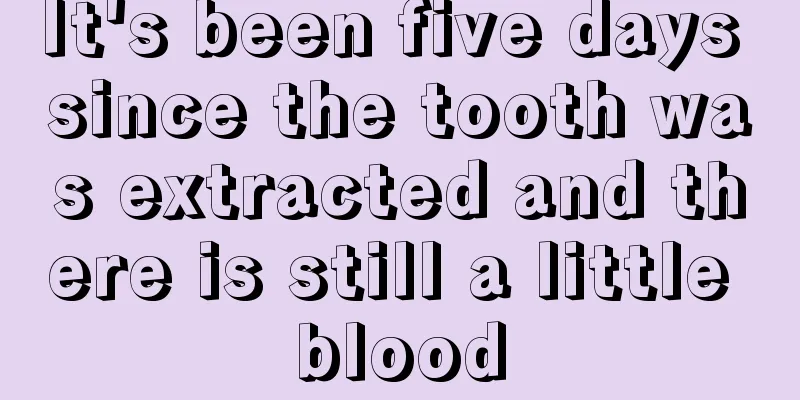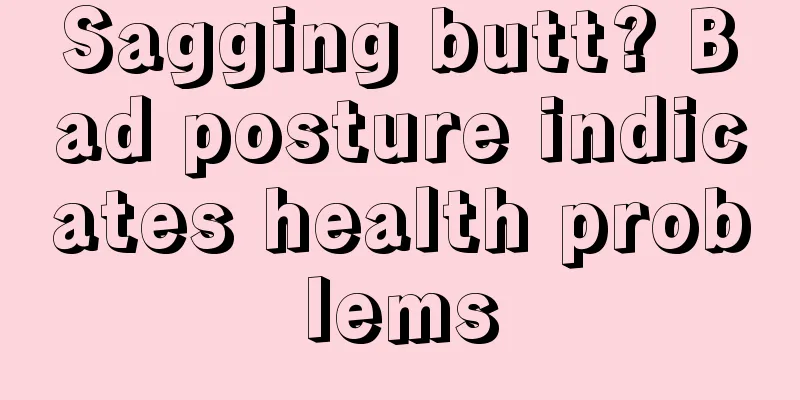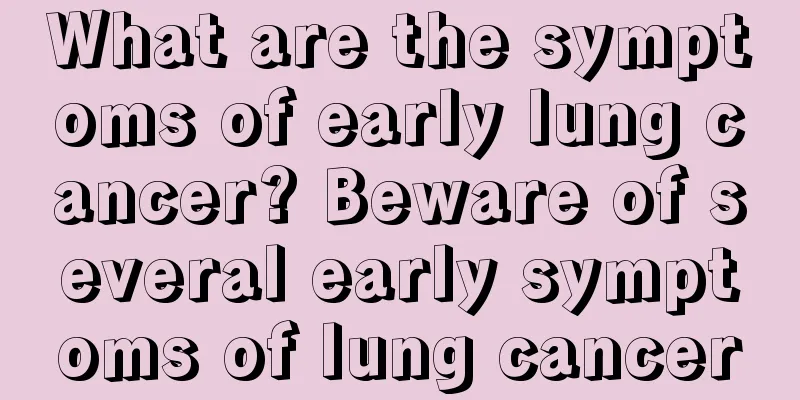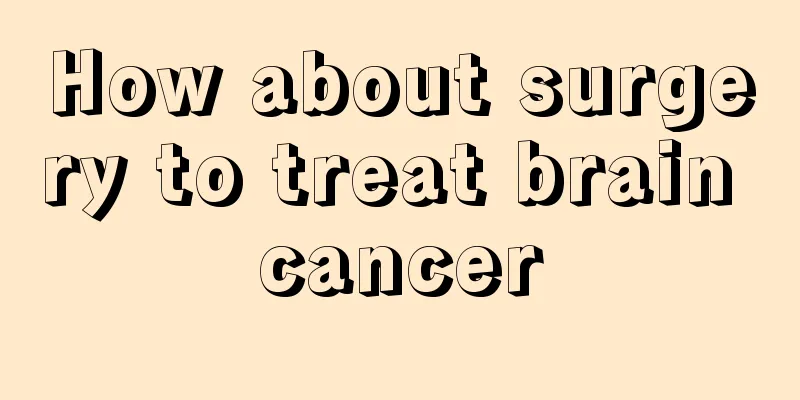It's been five days since the tooth was extracted and there is still a little blood

|
If our teeth are not straight, they need to be extracted. Although children are afraid of having their teeth pulled, adults don’t like having their teeth pulled either. Although tooth extraction seems simple, as we all know, if it is not treated in a professional hospital, it will cause some problems. Some people still have a small amount of blood five days after tooth extraction. What should they do? Three types of people need to have their teeth extracted First, patients with crowded teeth. For this type of patients, dental deformities occur due to the mismatch between tooth volume and bone volume. Therefore, during orthodontic treatment, a certain number of teeth must be extracted to coordinate the relationship between tooth volume and bone volume, relieve dental crowding, and reduce the recurrence of deformities. Second, patients with facial protrusion. For this type of patients, a certain number of teeth need to be extracted to obtain space, so as to achieve the purpose of retracting the front teeth and moving the back teeth forward, alleviating facial protrusion and making the patient's facial profile more beautiful. Third, patients who need to correct their occlusal relationship. Because of the asymmetric bite of the upper and lower teeth, these patients need to extract teeth to adjust the bite. 5 things to note after tooth extraction 1. After the tooth is extracted, you should gently bite the cotton ball or gauze roll placed on the extraction wound for 30 to 40 minutes. This not only stops bleeding and prevents saliva from seeping into the wound, but also helps blood clot in the wound and promotes wound healing. Everyone should be careful not to bite too hard, otherwise it will cause gum eversion and affect wound healing. Also, do not bite for too long to prevent the gauze roll from being soaked by saliva and increasing the chance of infection. 2. A small amount of blood may leak out a few hours after tooth extraction, causing the saliva to often appear light red. This is a normal phenomenon. If there is a large amount of fresh blood or blood clots, you should bite a piece of sterilized gauze and ask a doctor for further treatment. 3. On the day of tooth extraction, talk less, do not spit forcefully, do not lick the wound with your tongue, do not rinse your mouth or brush your teeth; you can eat after 2 hours, and semi-liquid and soft food are generally appropriate. Be careful not to eat hot food to stimulate the wound and cause pain, or cause blood vessel dilation, which may easily cause bleeding. When eating, avoid chewing on the side where the tooth was extracted. 4. There will be slight pain in the wound 1 to 2 days after tooth extraction, which is normal. Sedatives and analgesics may also be taken as appropriate. 5. When extracting a tooth during the acute inflammatory period, anti-inflammatory drugs should be taken for 2 to 3 days. |
>>: How many green dates are best to eat a day
Recommend
Symptoms and treatment of cecal hemangioma
Because the body's structure is very special,...
Where to massage for liver and gallbladder damp-heat
In daily life, many diseases are caused by dampne...
What are the clinical diagnostic methods for colon cancer?
Early symptoms of colon cancer are usually mild o...
What is 225 degrees of myopia?
We often see people wearing myopia glasses, but t...
What medicine is good for mixed hemorrhoids
Hemorrhoids are a very common disease in people&#...
What is the cause of lumbar sciatica
Lumbar sciatica is also a common clinical symptom...
Development time of secondary sexual characteristics
Puberty is our second development period. Girls d...
Introduction to the hazards of potassium sorbate
When people hear about it, they must be confused ...
Treatment of ovarian cancer with Shenqi Fuzheng Baidu Pills combined with chemotherapy
Patients with middle and late stage ovarian cance...
How long can you live with mid-stage prostate cancer
The survival of patients with mid-stage prostate ...
Can liver cancer and laryngeal cancer be inherited?
We have indeed found that liver cancer has a fami...
Why do you get irritable after quitting smoking
Everyone should be aware that whether smoking dir...
What are the side effects of melatonin tablets
Melatonin tablets are not what we call the remova...
Is lung cancer contagious? These common sense can explain the contagiousness of lung cancer
Lung cancer is a common disease in clinical pract...
Preparation before colonoscopy
Finding a colonoscopy is not as simple as that; y...









